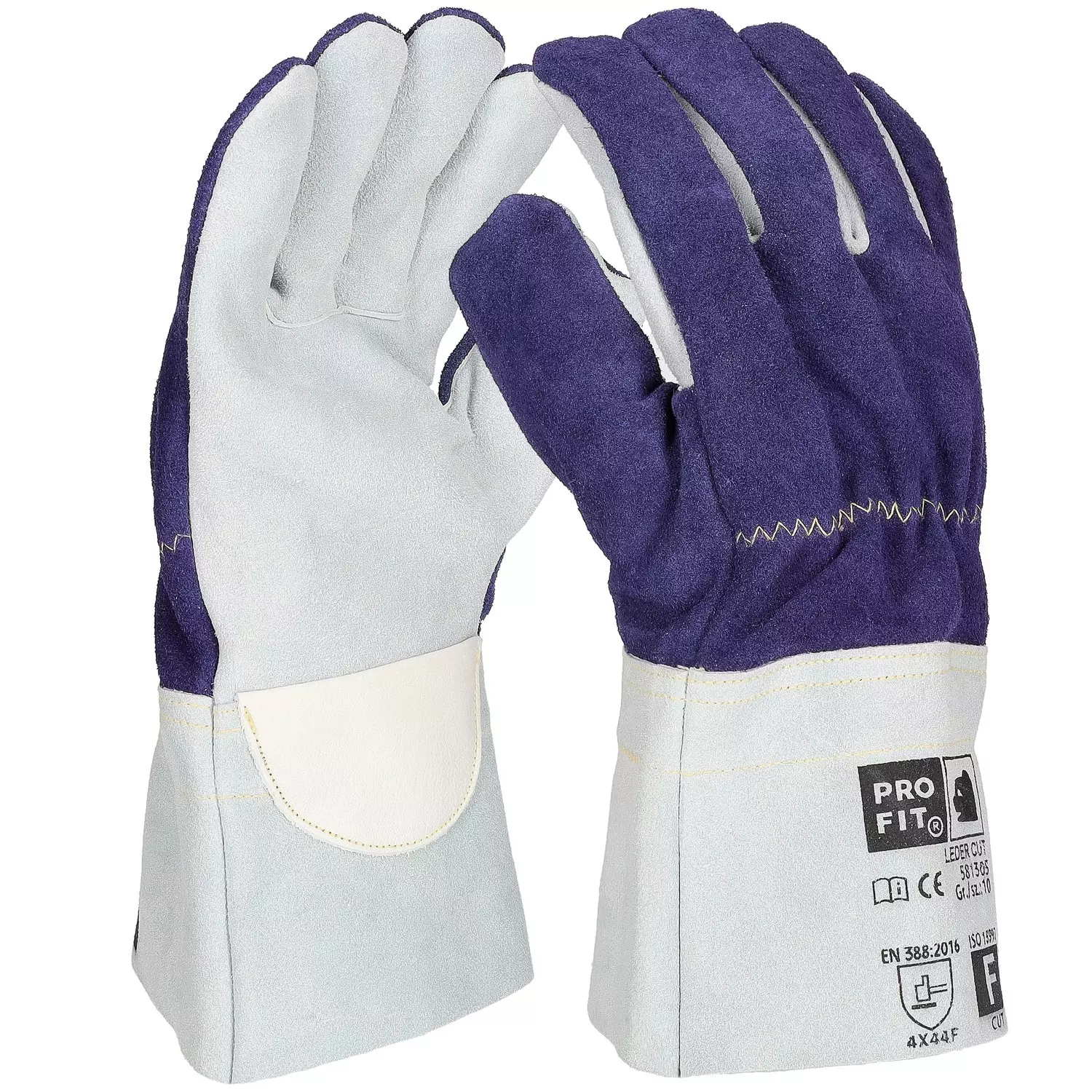The product is not available in Sweden
Change the country of delivery or ask for an alternative for product code FIT-581305 by contacting one of our product experts.
Loading products...

PRO FIT Leather Cut F Cut Protection Glove
PRO FIT Leather Cut F Cut Protection Glove
4.7 / 5
Get help from our experts
You can pay with any of the following popular payment methods:
Get in touch with our customer support if you need help
Get help from our experts